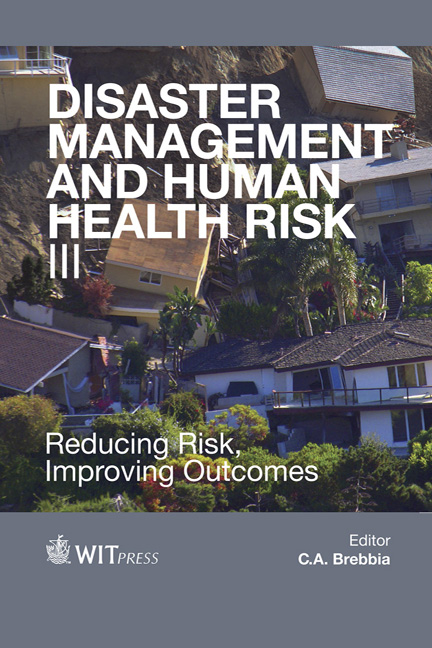Housing Policy In Mexico And Its Impacts
Price
Free (open access)
Transaction
Volume
133
Pages
11
Page Range
369 - 379
Published
2013
Size
372 kb
Paper DOI
10.2495/DMAN130331
Copyright
WIT Press
Author(s)
J. Audefroy
Abstract
This paper attempts to demonstrate that while housing policy in Mexico is aimed at satisfying the needs of the construction sector and the demand for housing, it does not consider climatic effects, soil quality or consequences for the existing housing inventory. Therefore, the residential complexes built during the last 15– 20 years are exposed to a number of threats including flooding, subsidence and crack, as well as hurricanes in the case of housing built along coastlines. There is an inconsistency between housing policy and the housing demand for lowincome families, most of whom are unable to access public housing programs. The result is that, first of all, low-income families acquire land not suitable for construction, and are thus highly vulnerable to hydrometeorological and edaphological effects, and secondly, some housing developers acquire territorial reserves at a low cost, in order to increase their own benefits, but the land is not always suitable for housing construction. One case is presented in the current study in the Iztapalapa city district of Mexico City (Federal District), where residential complexes have been authorized without considering environmental impacts or existing hazards. Keywords: housing policy, hazards, vulnerability, territorial reserves, Mexico.
Keywords
housing policy, hazards, vulnerability, territorial reserves, Mexico




